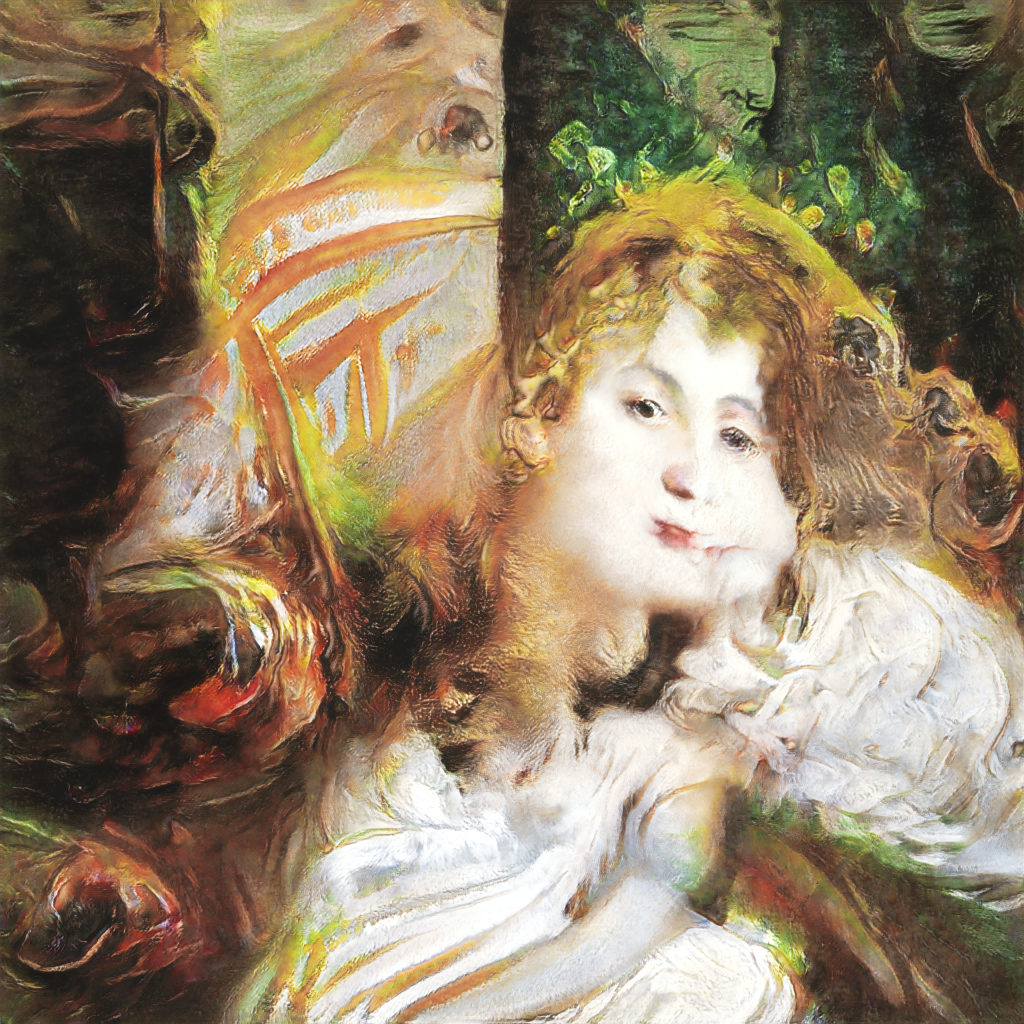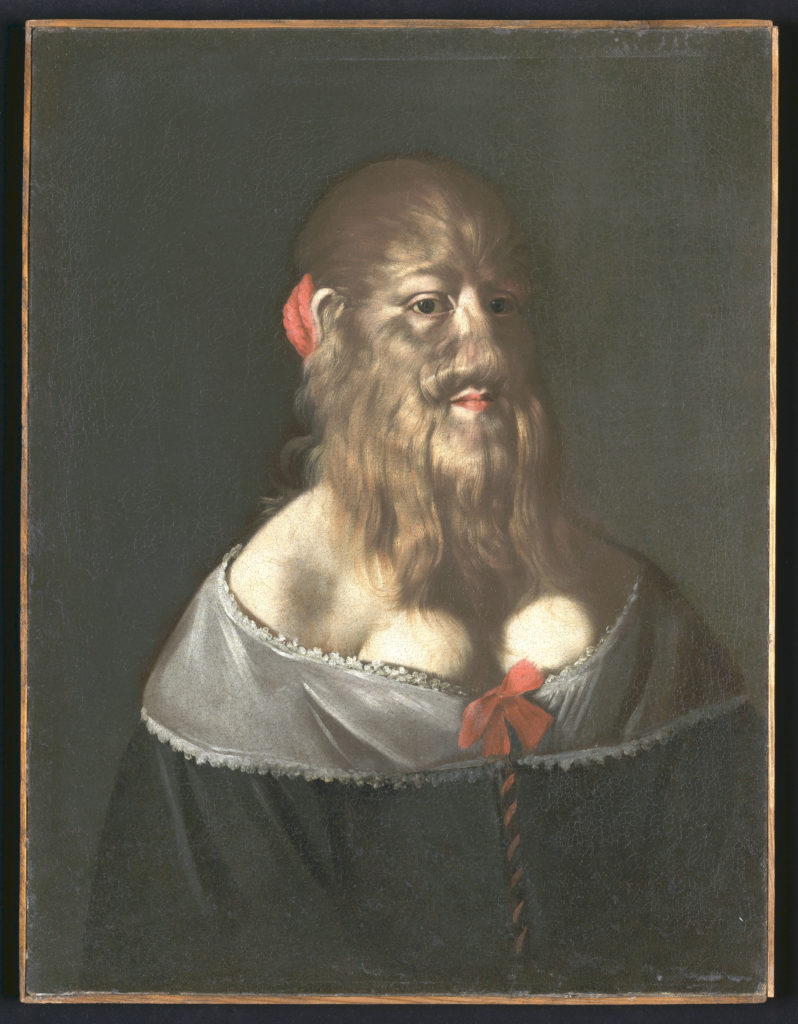
Edward Brooke-Hitching is the acclaimed author of “eccentric histories” including The Phantom Atlas (2016), a collection of places that appear on maps but do not exist; The Golden Atlas (2018), detailing stranger-than-fiction tales of true exploration; The Sky Atlas (2019) which shows the finest examples of celestial cartography; The Madman’s Library (2020); and The Devil’s Atlas: An Explorer’s Guide to Heavens, Hells and Afterworlds (2021). He has also contributed to to the Guardian, the Times, the Wall Street Journal, the Literary Review, the Spectator, the Economist, the Washington Post and other international publications. Brooke-Hitching regularly appears on television and radio programs such as Start the Week with Andrew Marr, the BBC Radio 2 Arts Show with Jonathan Ross, NPR, BBC 6 Music with Cerys Matthews and BBC Radio 4’s The Museum of Curiosity, writes for the hit BBC television program QI, and is a fellow of the Royal Geographical Society. Born into the world of antiques through his father, rare book dealer Franklin Brooke-Hitching, he worked in the London auction market before pursuing a career in writing. Brooke-Hitching is also a descendant of bibliographer and printer William Blades (1824-1890), author of The Enemies of Books (1880). Following this legacy, Brooke-Hitching performed the first televised “fox tossing” to promote his book, Fox Tossing, Octopus Wrestling and Other Forgotten Sports (2015), which began his bestselling compendia series. With the release of his latest publication, The Madman’s Gallery: The Strangest Paintings, Sculptures and Other Curiosities from the History of Art from Chronicle Books on March 3, Brooke-Hitching gave Antiques and The Arts Weekly a look into his mind’s cabinet of curiosities.
Growing up as the son of an antiquarian book and map dealer with a career in auction houses, how did you transition into writing?
When you’re surrounded by maps and rare books you’re surrounded by stories, and for no particular reason I started making notes of some of my favorites that I’d learn from the books that came through the shop. The great Poyais stock market scam of the Nineteenth Century, for example, when a Scottish conman invented a South American country; or strange materials produced in the search for Franklin’s missing expedition, like the idea of scattering leaflets by hot air balloon across the Arctic. The Poyais story would eventually go into my book The Phantom Atlas (2016), about the non-existent places and creatures drawn as fact on maps; and the Franklin materials into The Golden Atlas (2018), a history of exploration told with maps. The idea for my first book came from reading a copy we had of Hans Friedrich von Fleming’s Der volkommene teutsche Jäger, a German hunting book of 1719, and learning of the sport of Fuchsprellen, which translates to “fox-tossing.” I realized a book of extinct and forgotten sports from history hadn’t been done before, and would be a fun collection, and it became Fox Tossing, Octopus Wrestling, and Other Forgotten Sports.

Not limited to traditional materials of art and art-making, Brooke-Hitching’s book includes examples of contemporary images made by artificial intelligence. The inclusion of these digital creations prompts the reader to consider the meaning of “true” art, as well as what makes an image that is born in cyberspace especially unusual. “Product of Mythology,” 2020. Courtesy of ART AI.
How do you go about choosing a topic, and then what is your research process?
The usual way of writing a book is to think of the idea and then go off and do the research, but I’ve found I work best doing the reverse. I take a favorite fact or story from history that isn’t well known, and think “if this was in a book, what would the book be about?” This way, odd material dictates an odd concept and fortunately, more often than not, the result is an original idea that offers readers new things to discover. In terms of research, I think it’s important to stick to this principle of collecting the lesser-known and overlooked, and so I tend to source material more from the private or commercial side of things – dealers, collectors, auctioneers – than public institutions where everyone else would turn to. You can’t, for example, just sit at home with Google and Wikipedia, or you won’t even be scratching the veneer. Dealers are some of the best storytellers in the world, they know how important stories are to sell items, and it’s a lot of fun to talk with them about the things they’ve seen over the years. For example, if I hadn’t had a chat with my friend Alice Rowell at Maggs Bros, London, I probably wouldn’t have learned about Fate of the Blenden Hall (1847), a journal of a shipwrecked captain originally written entirely in penguin blood (which is all he had to hand at the time), which went into my book The Madman’s Library, about history’s strangest books and manuscripts.
What is your goal in creating compendia of works, rather than books on a single subject?
I’ve always loved compendia, collectanea, gallimaufries, miscellanies – even the terms for them are fun. I was thinking about this the other day. I think it’s gluttony. I love the experience of opening an auction catalog and gorging on a whole array of different objects with their individual stories, and I suppose I’ve always wanted to write books that offer the same experience. The books would be a whole lot longer if I wasn’t constrained to 256 pages, but often you find that curious episodes in history can be told perfectly well in a couple of pages, and it allows the reader to discover new areas that they’re intrigued by, and can then search for further reading on that subject. The Madman’s Gallery, for example, is a way of tackling the history of art, but as an alternative guide, going through the looking glass to find paintings even learned art critics might not have come across. Art introductions focus on the masterpieces and the revolutionary works, but I wanted to find the stranger stories in between.

Born Barbara van Beck née Ulser (b 1629, Augsburg, Bavaria) was a traveling performer and celebrity with a rare condition known as hypertrichosis or Ambras Syndrome. Exhibited since age eight, Beck was no sideshow attraction; she spent time at the French and Italian courts, is noted by contemporary diarists for her conversation and talent on the harpsichord, and is portrayed with great dignity in this fashionable portrait, probably Italian school, painted circa 1650. Wellcome Collection, London.
Is there a work of art you wanted to include in The Madman’s Gallery, but had to leave out?
There are a number of artworks in there that I was worried we wouldn’t get permission for – the nude “Mona Lisa” for example, which surprisingly few people are aware of, or the first portrait of a cannibal, but it was with Modern art that things get complicated. I loved exploring the strangest parts of early performance art, and was hoping to have a photo of Joseph Beuys’ 1965 show “How to Explain Pictures to a Dead Hare,” in which he walked around the Schmela Gallery muttering inaudibly to a dead hare in his arms for three hours, but they wanted an enormous amount of money for the image – so the story’s in there, just unillustrated, and quite happily so.
Do you have your own area of collecting?
I love curiosities, especially books/artworks/objects that feel out of place in their time, or display an especially exciting use of imagination. As I look around my study while writing this, I’m reminded that it’s a chaotic collection of things – I have a lot of hoax literature, for example, rare books produced as a scam, or as a joke, or out of revenge. There are Barnum & Bailey circus posters of a horse riding a hot air balloon, and a fellow diving 80 feet headfirst from a platform to land on his chest. There’s a print from 1766 of the first English stunt horse rider, Jacob Bates, which I bought at the great Ricky Jay’s [2021 collection sale at Sotheby’s]; another print of 1753 of a colossal Wicker Man filled with people ready to be sacrificed from an illustrated edition of Julius Caesar’s account of the Gallic Wars; and an Eighteenth Century French cartoon of a heavyset gentleman being lowered by crane into his pantaloons, which has made me chuckle every day for a decade. It’s a glorious mess!
Without giving too much away, would you please tell us about your next project?
I’ve just finished my next book Love: A Curious History in 50 Objects, which takes the same approach of using gorgeous curiosities to trace the story of love across the millennia around the world. Our species is at its most impressive, most terrible and strangest, when inspired to demonstrate the full furnace of our imagination, and nothing pours more petrol on that fire than love.
-Z.G. Burnett








